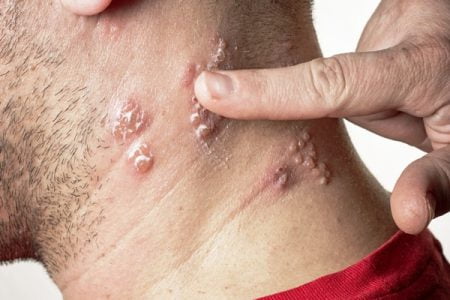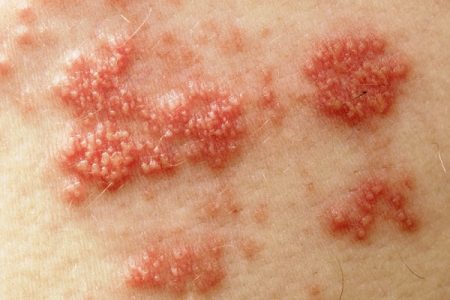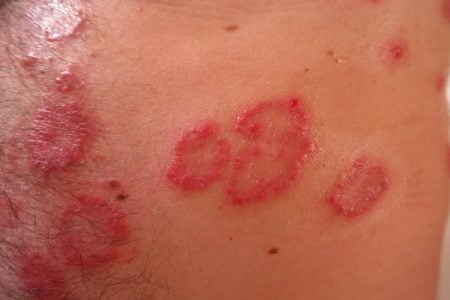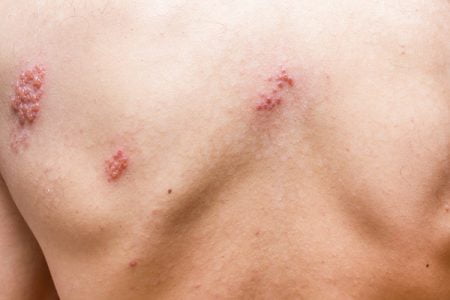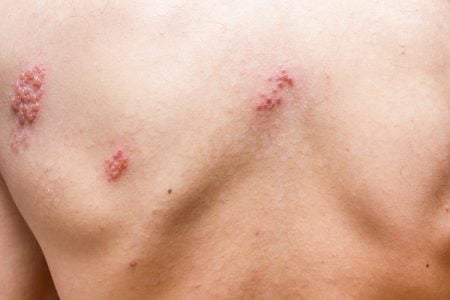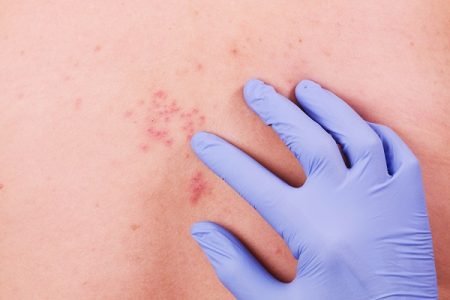Browsing: Shingles
Comprehensive Information, Resources, and Support on Shingles
Shingles in the Eye: Symptoms, Complications, Diagnosis and More
A common sign that Shingles disease is spreading to the eyes is the appearance of rash on the nose. The virus may then spread from the nose to the eye or nearby area. The cornea of the eye may begin to change its colour and look slightly gray.
What Does Shingles Look Like?
The most common and significant sign of shingles is appearance of rashes on the skin. These rashes appear in a stripe or band-like pattern along a nerve pathway, which is known as dermatome. Usually, these rashes affect on only side of the body, mostly without crossing the midline.
In most cases, the duration of shingles depend upon the health and age of the affected individual and the severity of the viral infection. In some cases, chances of recurrence of shingles persist or people may experience some complications, in severe cases.
Shingles generally lasts for 2-6 weeks. This follows with a period of consistent pain and healing. Shingles infection is not contagious in itself, but its causative agent, the varicella-zoster virus is contagious. When the virus is activated and causes fluid filled blisters, shingles can transfer to other individuals who come in its contact.
The signs and symptoms of shingles mostly affect only a small portion of one side of your body. These signs and symptoms may include such as pain, burning, tingling, red rashes, itching, and fluid-filled blisters. Some people may experience headache, fever, fatigue, and stress. Pain is generally the first and most common symptom of shingles.
Shingles is also known as herpes zoster. It is an infection of a nerve and the skin around this nerve. It is caused by a virus called varicella-zoster, which also causes chickenpox. According to an estimate, around one in every four people will have at least one episode of shingles during their life.
There is no cure for shingles. If you follow a proper treatment plan, the symptoms can be relieved and the duration of shingles and its complications can be reduced. Prescription antiviral drugs can improve healing process and reduce the risk of complications due to shingles.
Generally, shingles can be diagnosed with a physical examination of rashes and blisters. Your doctor will ask questions about your medical history. Sometimes, he may ask you for a sample of blood or skin from fluid-filled blisters. He will take the sample on a swab and the sample is tested in a lab.
The onset of shingles occurs when the herpes zoster virus which causes chickenpox reoccurs in the body. Herpes zoster virus belongs to the herpes viridae family. The virus lies dormant in the nerve system for several years, ever since one has recovered from chickenpox. However, in its inactive state, the individual does not experience any shingles symptoms.





